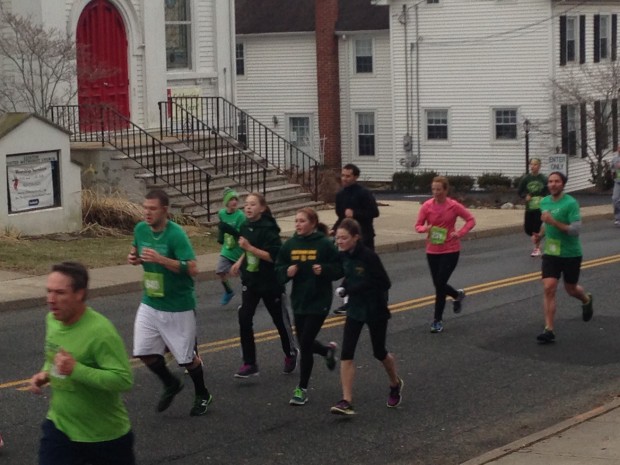
If you have Millennials in your life, you’ve undoubtedly noticed that we’re pretty into fitness. Most people my age have, at some point in the last five years, been training for something. A marathon, a half marathon, a triathlon, a 5k of some sort. We like to pretend that we eat healthy and that we get enough exercise. But mostly we just want to be in shape and do something that our friends will think is really great. (To this day, my Facebook status about finishing my first half marathon has the most likes of any Facebook status I’ve ever made.)
Fitness is a big industry for all ages. With social media making it so easy for people to see their friends and family getting in shape, there’s been an uptick in the for-profit race industry over the last several years.
However, there is huge opportunity for your organization to tap into the race for charity space. While it may be a lot of work, if you take all the proper and necessary steps, your charity race could potentially be one of your most successful fundraising campaigns of the year.
While there are countless websites that can help you with the logistics of your race, here’s are a few things I’ve noticed about the successful charity races I’ve been a part of:
Include distances and fundraising levels for everyone. Last year, I raised over $1,800 to participate in Pelotonia – a bike ride in Columbus, Ohio, that benefits the James Cancer Hospital at The Ohio State University. I participated in the 50-mile ride (minimal fundraising requirement: $1,250), but had the option to participate in a 25-mile ride (minimal fundraising requirement: $1,200), a 75-mile ride (minimal fundraising requirement: $1,800), a 100-mile ride (minimal fundraising requirement: $1,800), a 155-mile ride ((minimal fundraising requirement: $2,200) and a 180-mile ride (minimal fundraising requirement: $2,200). Since its inception five years ago, the annual Pelotonia event has raised over $60 million for cancer research at Ohio State.
Partner with local fitness businesses and organizations. Specialty athletic stores, particular sportswear brands, and athletic clubs and groups have a large following and great relationships with potential resources you’ll want in order to pull off a successful event. Plus, they’re great for grab bag goodies.
Give your participants fundraising tips. Help your participants organize events, write letters or blast their donation link to potential donors. Their donors are your donors, so the more assistance you can give them, the better.
Participate in the event yourself. If you’ve never run a 5k before, start training. Use your organization’s social media accounts to chronicle what you’re doing to get ready for the race. Encourage your staff and partners to do the





